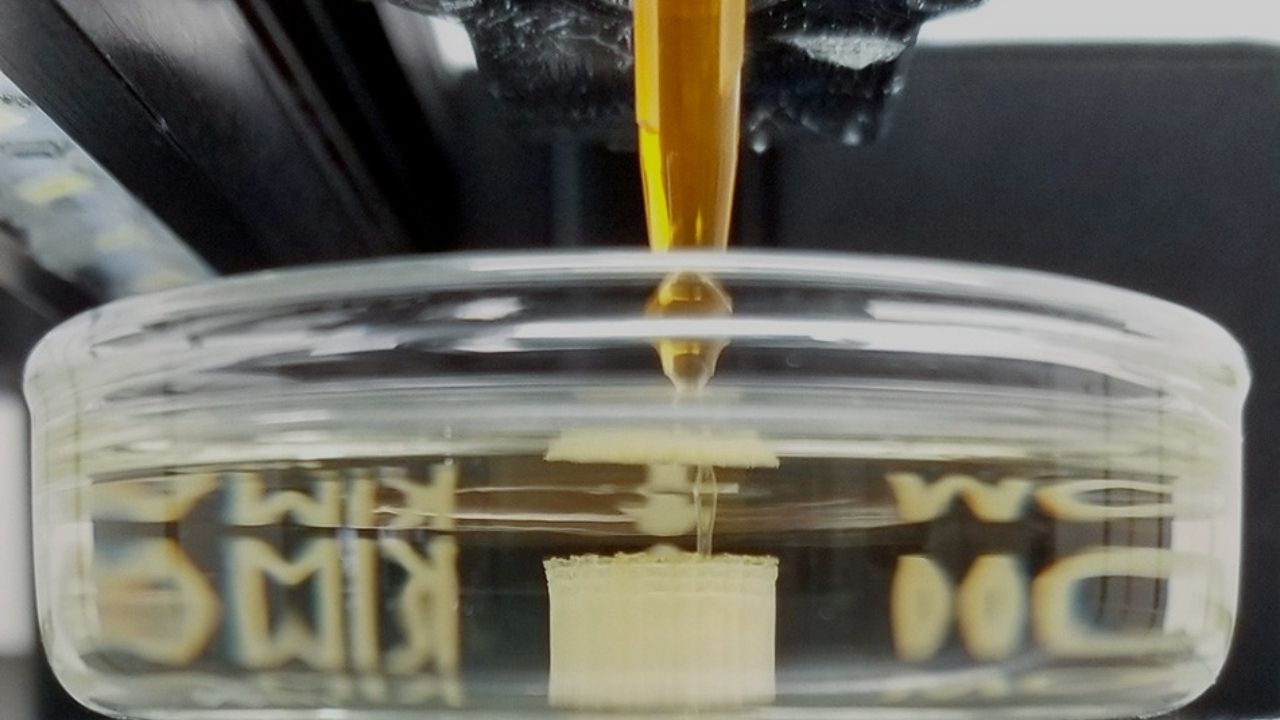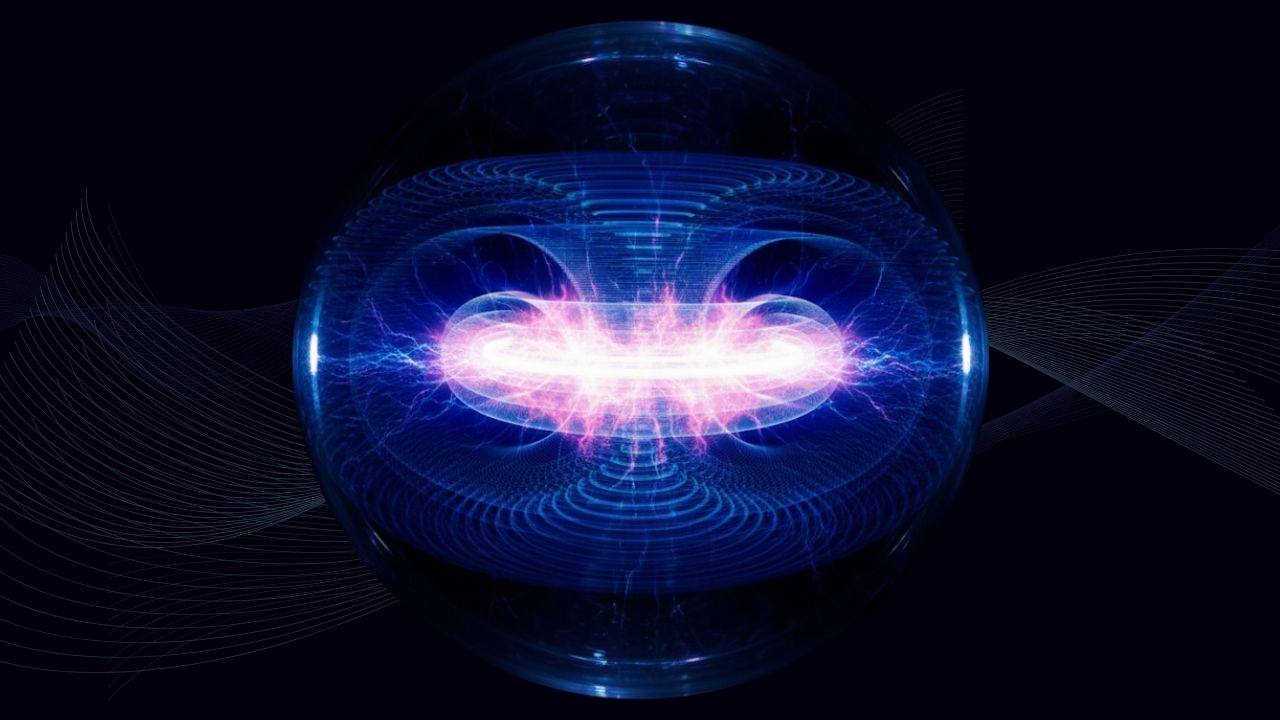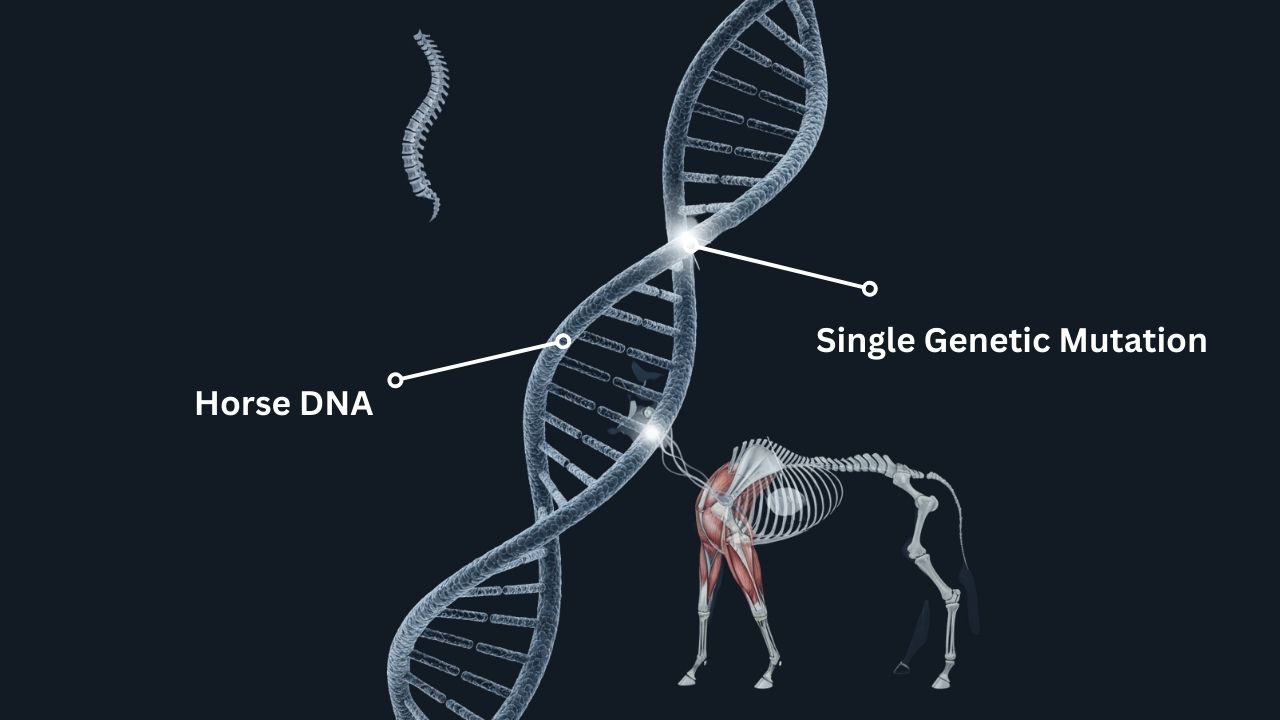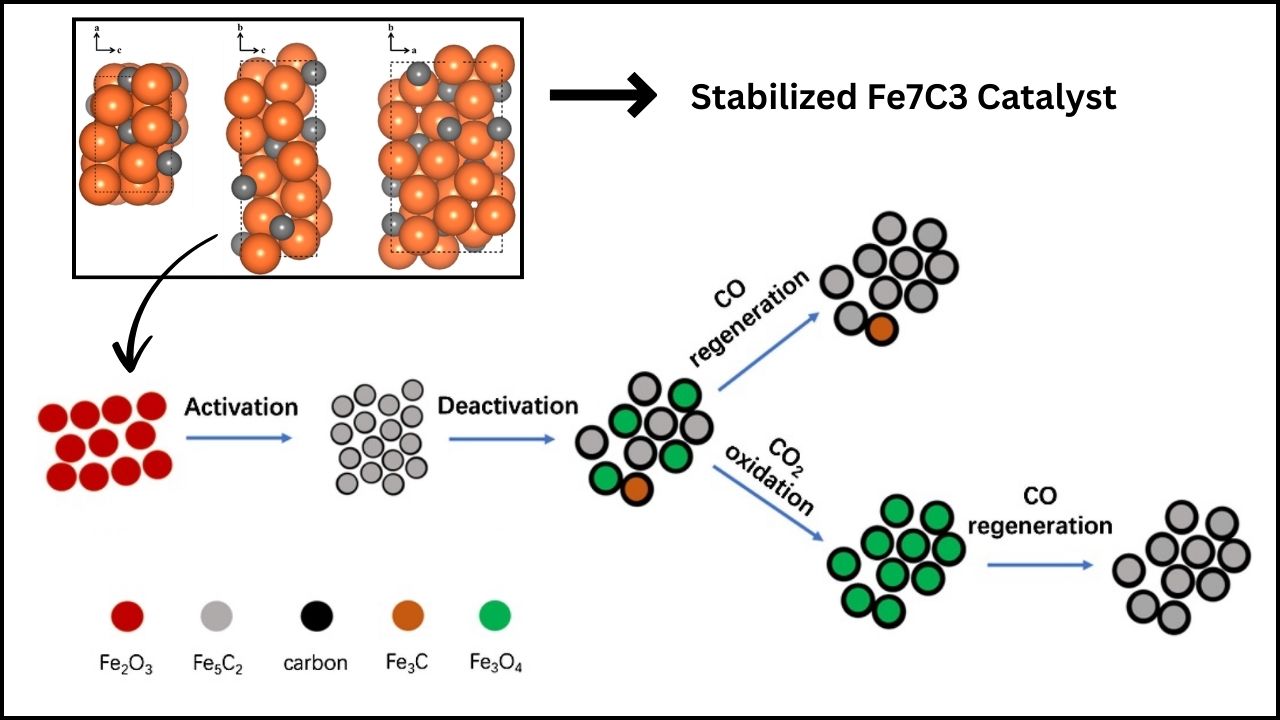Microsoft Declares the Dawn of Logical Qubits: Quantum computing has long promised to revolutionize everything from medicine and materials science to cryptography and artificial intelligence. Yet, for decades, this promise has remained mostly theoretical, held back by a stubborn problem: quantum computers are incredibly error-prone. In June 2025, Microsoft declared the dawn of logical qubits, marking a historic shift from quantum theory to practical, reliable quantum computing. This breakthrough could finally make quantum computers useful for real-world problems, not just scientific experiments.
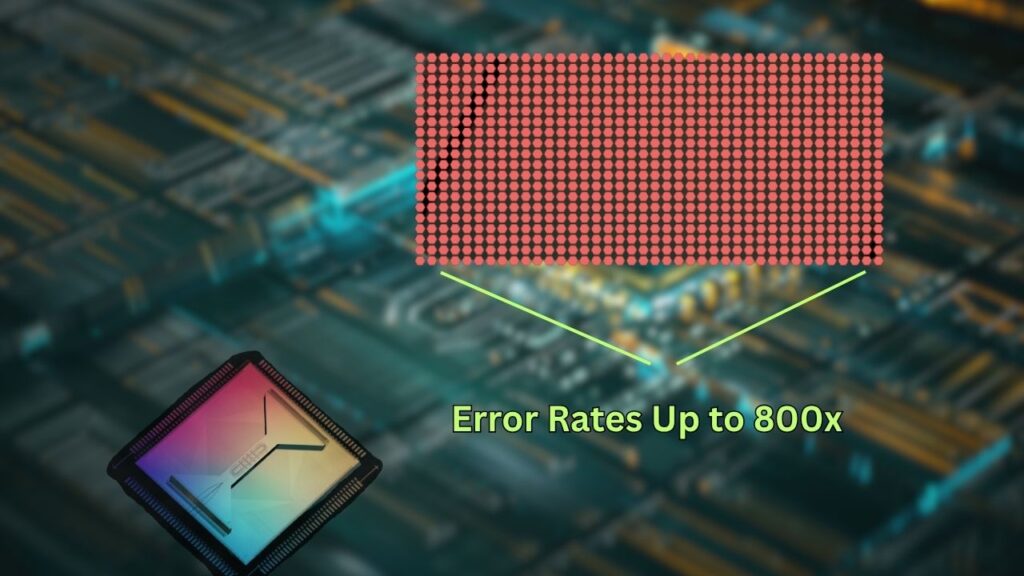
So, what does this mean for professionals, students, and curious minds alike? Let’s break down the story, the science, and the future—making it clear, engaging, and actionable for everyone from ten-year-olds to tech executives.
Microsoft Declares the Dawn of Logical Qubits
| Feature/Fact | Details |
|---|---|
| Breakthrough | Microsoft achieved the most reliable logical qubits on record, with error rates up to 800x better than physical qubits. |
| Scale | 12-24 logical qubits entangled, using as few as 30-80 physical qubits. |
| Error Correction | Advanced error-correcting codes (4D codes) and qubit virtualization system. |
| Commercialization | Azure Quantum to offer early access to reliable quantum hardware. |
| Industry Impact | Moves quantum computing from “noisy” (NISQ) era to “resilient” era, opening doors for practical applications. |
| Official Resource | Microsoft Azure Quantum |
Microsoft’s declaration of the dawn of logical qubits is a turning point for quantum computing. By solving the error problem and making quantum computers reliable, Microsoft has moved quantum technology from the realm of theory into practical reality. This breakthrough opens the door to solving problems that were once thought unsolvable, promising a future where quantum computing is as accessible and impactful as the internet or AI.
Whether you’re a student, a scientist, a business leader, or just curious about the future, now is the perfect time to learn about quantum computing and explore its possibilities. The age of logical qubits is here—and it’s just getting started.
What Are Logical Qubits? (And Why Should You Care?)
To understand Microsoft’s announcement, let’s start with the basics.
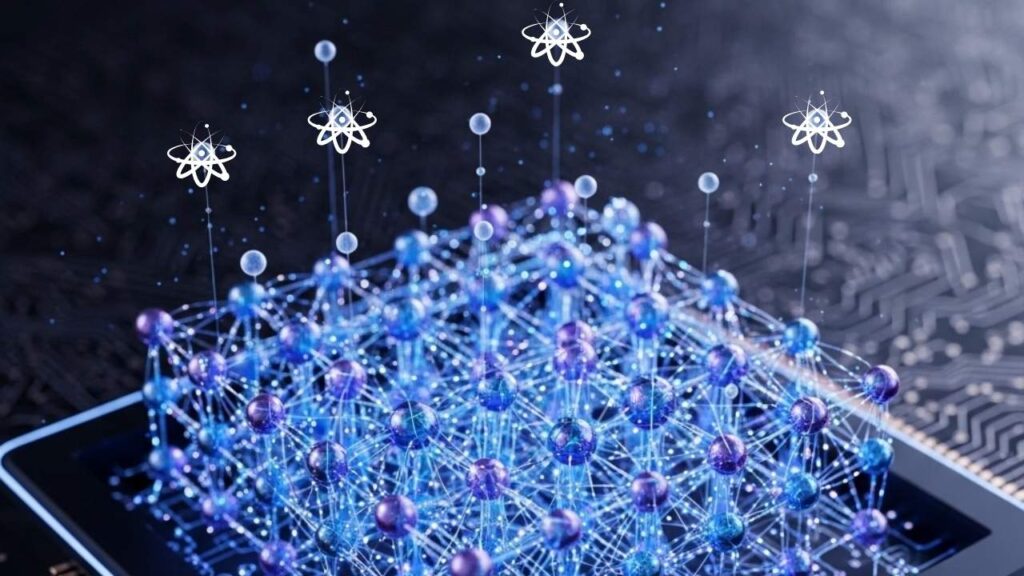
Physical qubits are the building blocks of quantum computers. They’re fragile and easily disturbed by their environment, which means they make mistakes—a lot of them. Imagine trying to build a sandcastle during a windstorm; that’s what working with physical qubits is like.
Logical qubits are like building a sandcastle inside a sturdy glass case. They’re made by combining several physical qubits and using smart error-correcting techniques so that, even if a few grains of sand (physical qubits) get blown away, the castle (logical qubit) remains intact. This makes logical qubits much more reliable and stable, which is essential for real-world use.
Why Is This Breakthrough So Important?
For years, quantum computers have been stuck in what experts call the NISQ era—Noisy, Intermediate-Scale Quantum.
This means they’re powerful in theory but too unreliable for anything except basic experiments. Microsoft’s achievement signals a move into the resilient era, where quantum computers can actually solve useful problems.
The Numbers Behind the News
- Error Rates: Microsoft’s logical qubits have error rates up to 800 times lower than physical qubits.
- Scale: Recent experiments entangled up to 24 logical qubits using only 80 physical qubits—far fewer than previously thought possible.
- Reliability: Over 14,000 quantum circuit trials were run without a single uncorrected error.
- Commercialization: Microsoft is integrating these advances into its Azure Quantum service, making reliable quantum computing accessible to businesses and researchers.
How Did Microsoft Achieve This?
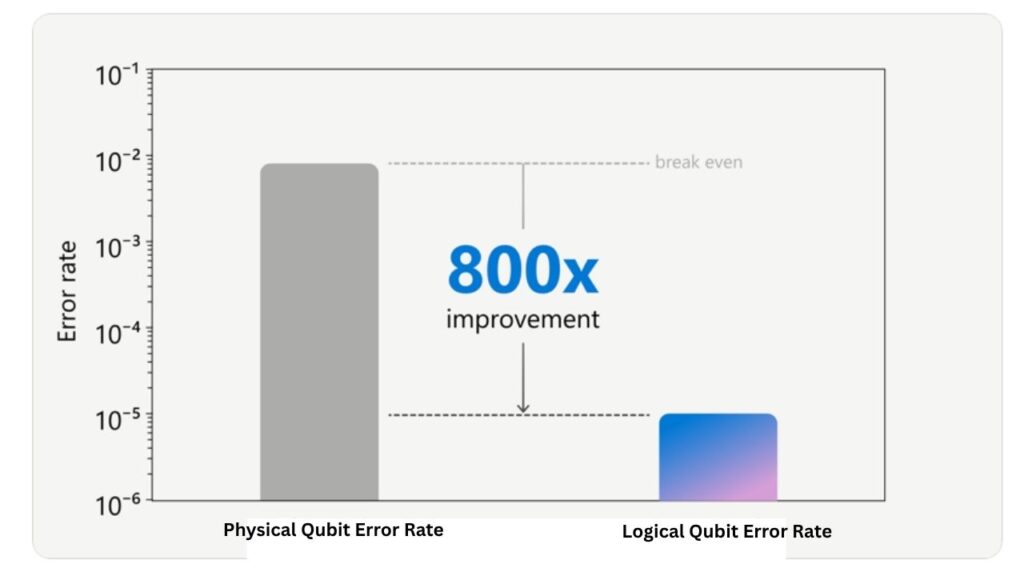
1. Qubit Virtualization System
Microsoft’s qubit virtualization system is a software platform that turns unreliable physical qubits into robust logical qubits. Think of it as a translator and bodyguard, constantly checking for errors and fixing them on the fly.
2. Advanced Error Correction (4D Codes)
Traditional error correction in quantum computing required hundreds or even thousands of physical qubits for each logical qubit. Microsoft’s new 4D codes dramatically reduce this number, making it possible to create logical qubits with just 7-10 physical qubits each.
3. Partnerships and Hardware Innovations
Microsoft teamed up with hardware leaders like Quantinuum and Atom Computing. By combining Microsoft’s software with Quantinuum’s ion-trap hardware and Atom’s neutral atom technology, they achieved record-setting results—like entangling 24 logical qubits and instantly correcting errors if any atom was lost.
What Does This Mean for the Future?
1. From Science Fiction to Real-World Solutions
With reliable logical qubits, quantum computers can move beyond the lab. Imagine:
- Drug Discovery: Simulating molecules that are impossible for today’s supercomputers, speeding up the search for new medicines.
- Materials Science: Designing new materials for batteries, solar panels, or electronics.
- Cryptography: Breaking codes that are currently uncrackable, or creating new, ultra-secure encryption methods.
- Artificial Intelligence: Training AI models that are far more powerful and efficient than anything possible today.
2. Hybrid Supercomputers
Microsoft’s vision is to combine quantum processors with classical high-performance computing (HPC) and AI. This means businesses and researchers can use the best tool for each job, all in the cloud through Azure Quantum.
3. Democratizing Quantum Computing
By offering early access to reliable quantum hardware through Azure Quantum, Microsoft is making this technology available to a much wider audience. This could accelerate innovation across industries and countries.
Step-by-Step Guide: How Logical Qubits Work
Step 1: Start with Physical Qubits
- These are the raw materials, like grains of sand. They’re unstable and error-prone.
Step 2: Combine into Logical Qubits
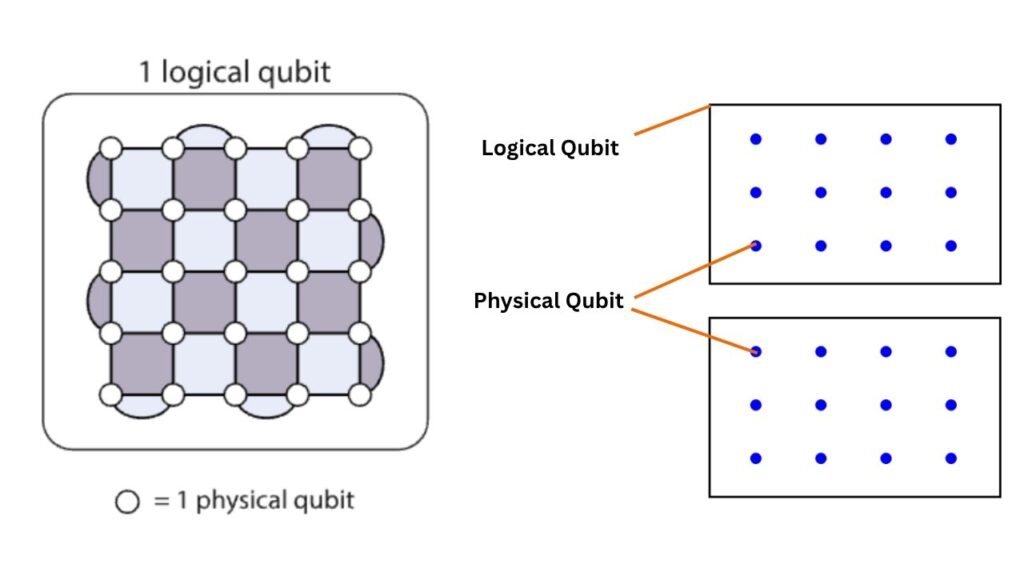
- Use several physical qubits to make one logical qubit. This creates redundancy—if one qubit fails, the others can compensate.
Step 3: Apply Error Correction
- Advanced codes (like Microsoft’s 4D codes) constantly check for errors and fix them automatically, without stopping the computation.
Step 4: Run Complex Calculations
- With stable logical qubits, you can perform deep quantum computations, like simulating molecules or optimizing logistics.
Step 5: Scale Up
- As the technology improves, more logical qubits can be entangled and used together, making the quantum computer more powerful.
Real-World Example: Quantum Chemistry
Suppose you want to simulate a complex molecule to design a new drug. A classical computer would take millions of years. With Microsoft’s logical qubits, you can run this simulation in minutes or hours, with results that are accurate and reliable—something that was impossible just a year ago.
Dell’s AI Leader Unveils New Enterprise-Focused Generative AI Strategy
New Diagnostic Tool Can Detect Hidden Cancer DNA Before Symptoms Appear
FAQs About Microsoft Declares the Dawn of Logical Qubits
What is a logical qubit?
A logical qubit is a stable, reliable unit of quantum information made by combining several physical qubits and using error correction to protect against mistakes.
Why are error rates so important in quantum computing?
Quantum computers are extremely sensitive to noise and errors. High error rates make them unreliable. Lowering the error rate (as Microsoft has done) is essential for practical, real-world applications.
What is Azure Quantum?
Azure Quantum is Microsoft’s cloud-based platform that provides access to quantum hardware, software, and tools for businesses, researchers, and developers. See the official resource in the Key Highlights table above.
How soon will quantum computers be useful for everyday tasks?
With logical qubits, the timeline for practical quantum computing has moved from “decades away” to “just a few years.” Microsoft and partners plan to deliver commercial quantum computers with over 1,000 physical qubits as early as next year.
Can anyone use Microsoft’s quantum technology?
Yes! Through Azure Quantum, businesses, universities, and even students can access quantum computing resources and start experimenting today.

